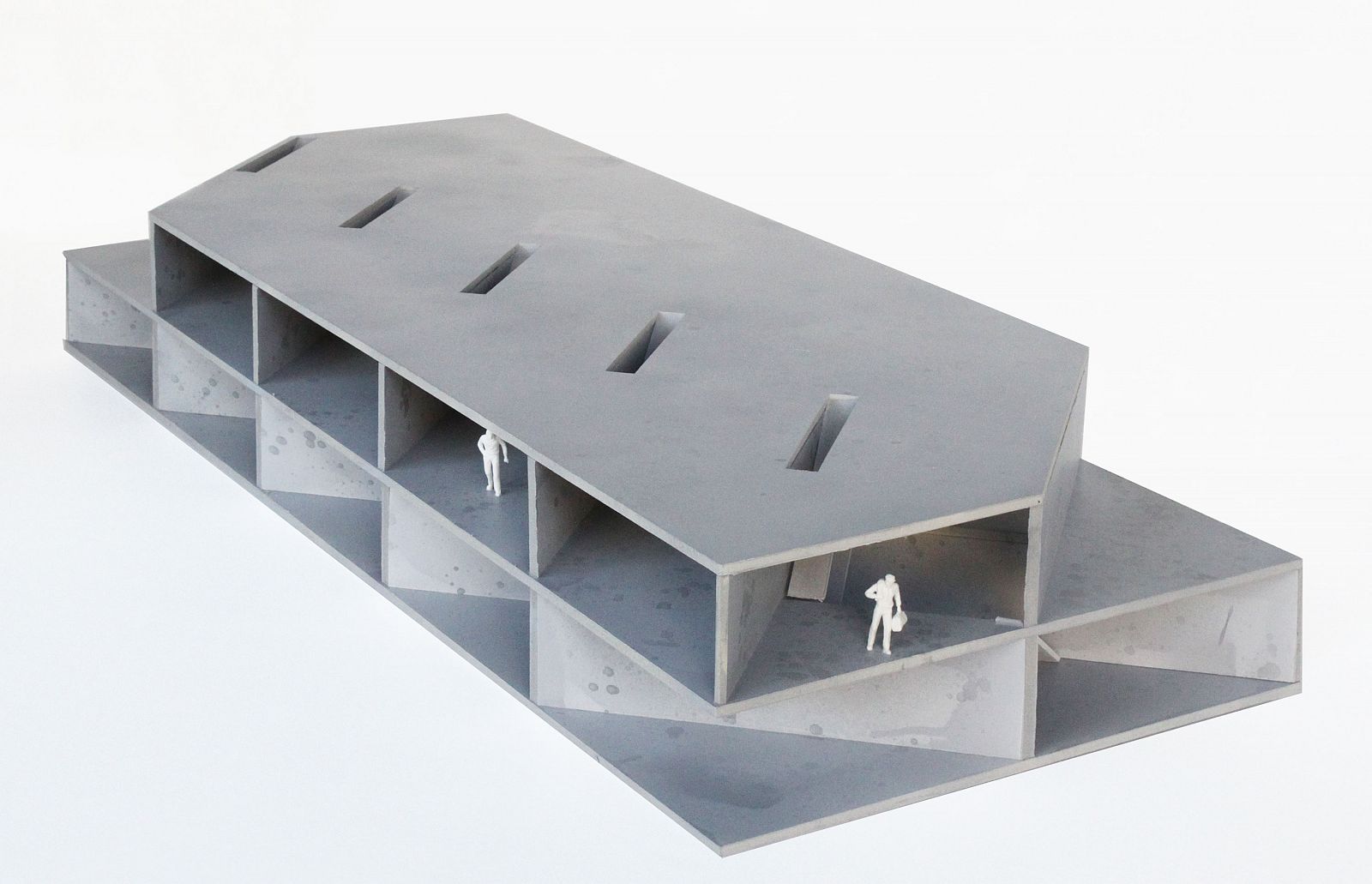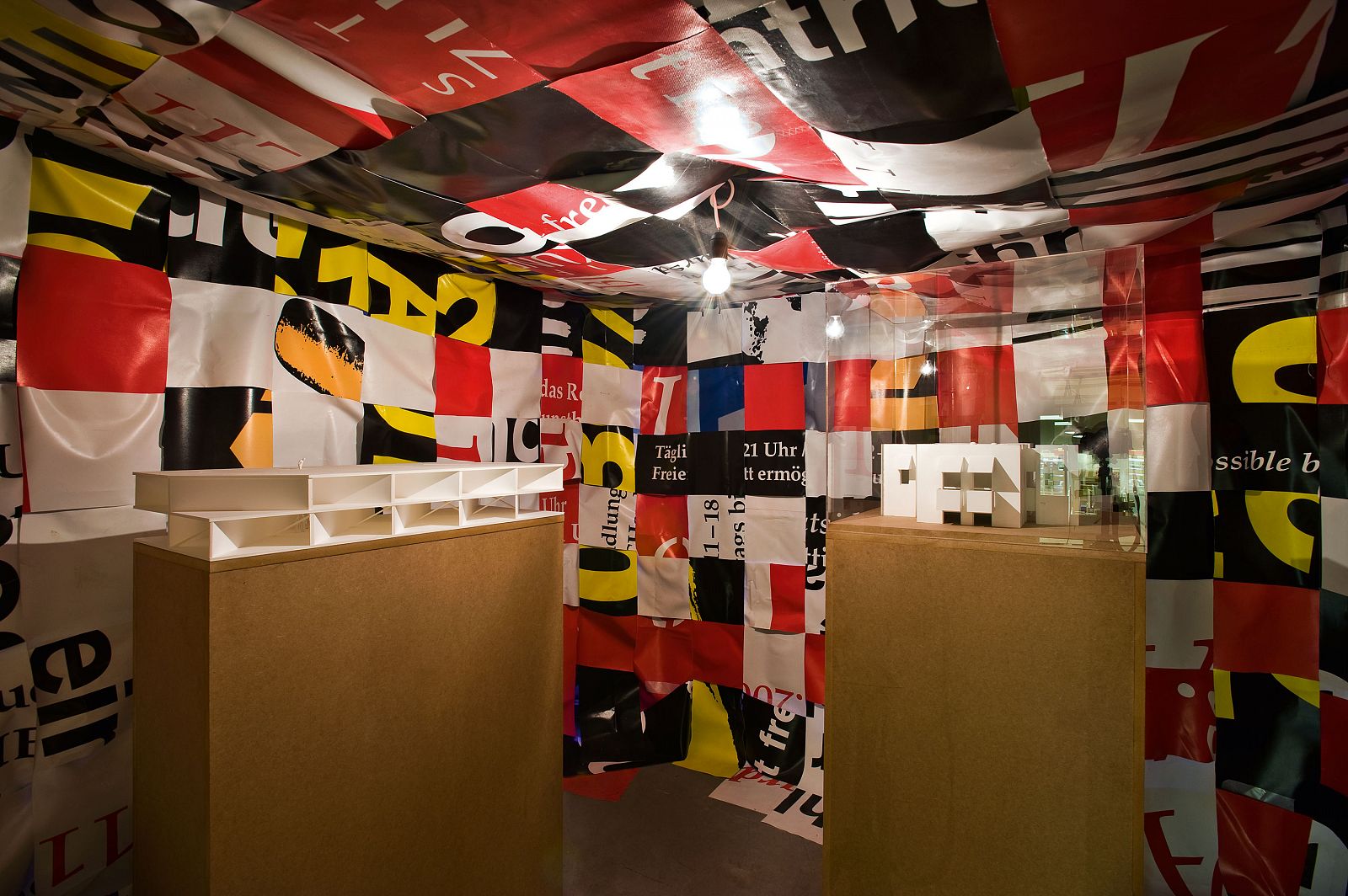The spatial separation of working and living in functional, modernist terms is no longer in keeping. Phenomena such as digitalization, growing mobility, and the increasing flexibility of living spaces make the division between living and working obsolete. The post-industrial society requires new spaces that enable the coexistence and cooperation of different users and uses. A series of typological studies emerged from this observation that look at the agency of modular organization in the formation of live-work environments. These studies have been ongoing since the 1990s, independent of any specific commission or context. The trope of the combination of working and living areas first appeared in the 0019 Kölner Brett with its flexible, lofty units and in the 0021 Geisselstrasse project. In both cases the typological exploration began with non-determinate spaces, while the projects that followed push the typologies to further limits. Based on the same concept of interlacing working and living via two volumes with different orientations stacked on each other (0082.2 VRM Hybrid Houses), the Four-Directional Module Diagonal (VierRichtungsModulDiagonal) marks another big step in the typological experiment: the two modules are rotated so as to cross diagonally, not orthogonally, allowing the units to be arranged in an endless linear configuration. This development was first presented as a prototype at the exhibition FischGrätenMelkStand curated by John Bock in the Temporäre Kunsthalle in Berlin.

© Brandlhuber+ Team

© Brandlhuber+ Emde, Burlon

© Brandlhuber+ Emde, Burlon

© Brandlhuber+ Team

© Brandlhuber+ Team

© Brandlhuber+ Emde, Burlon